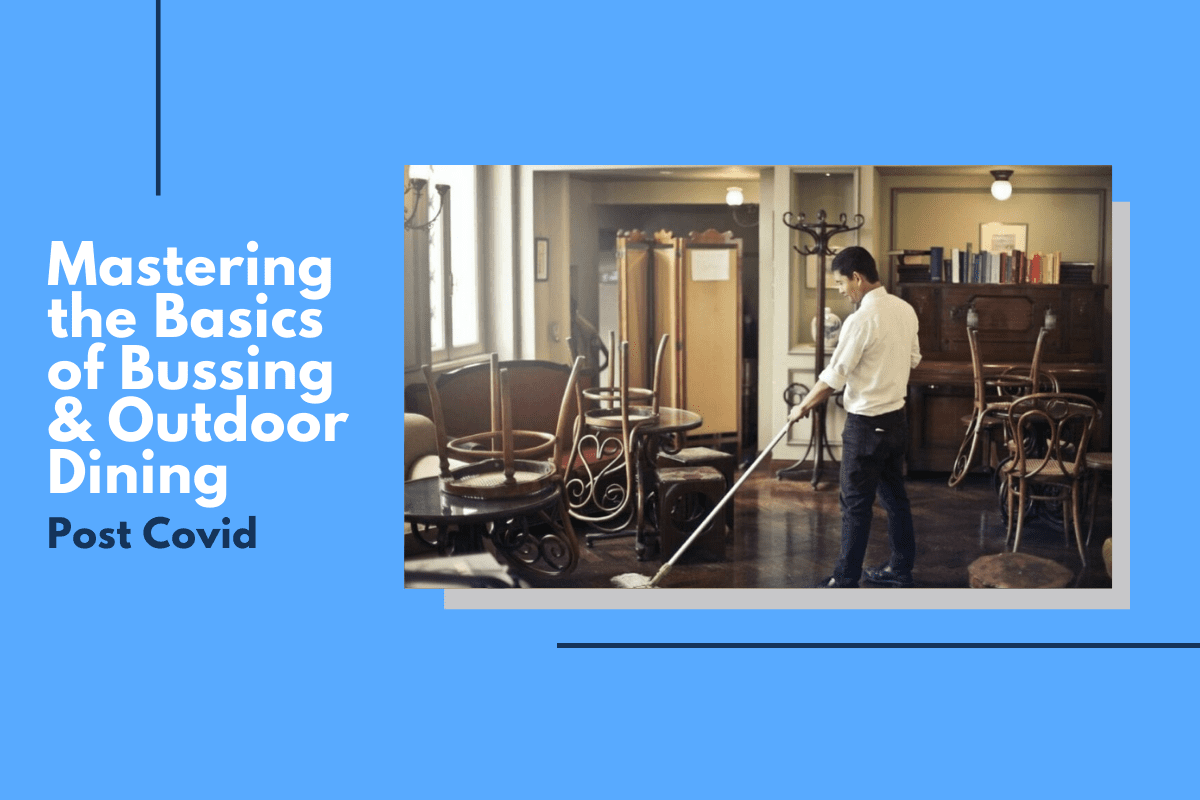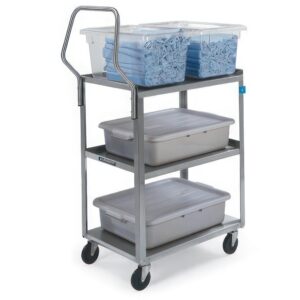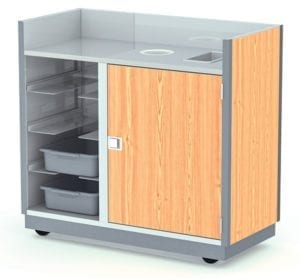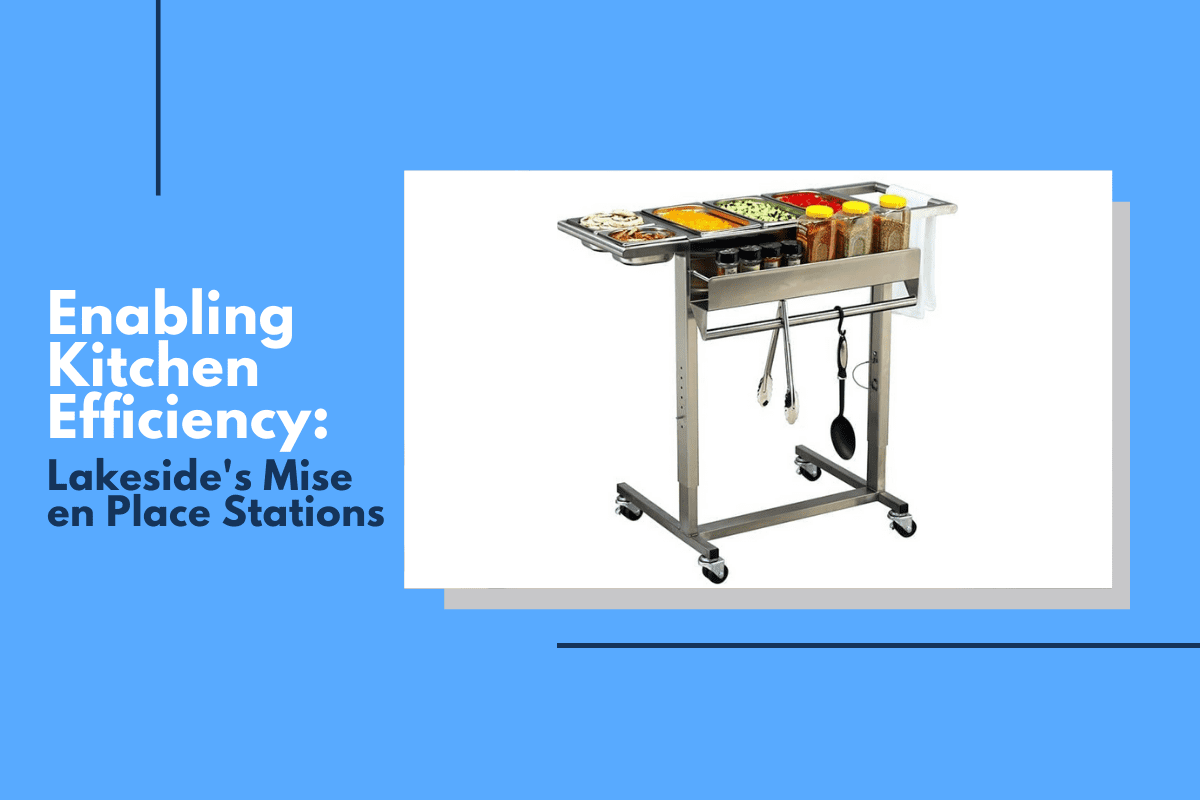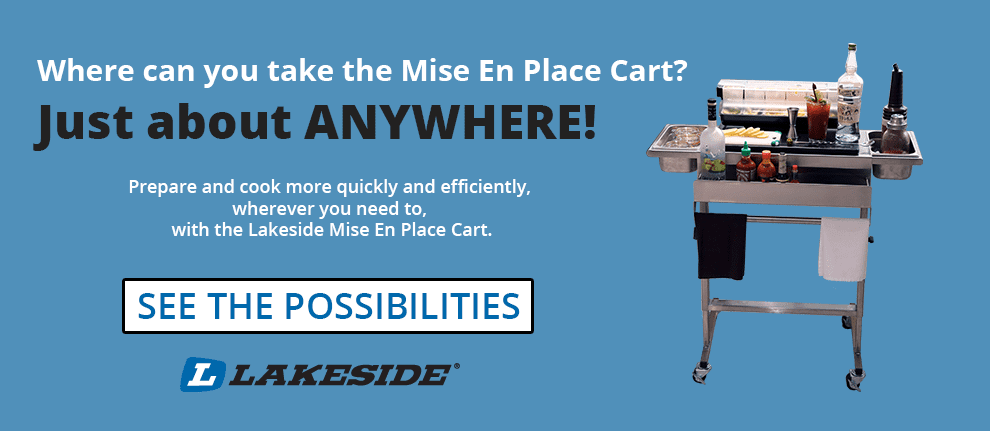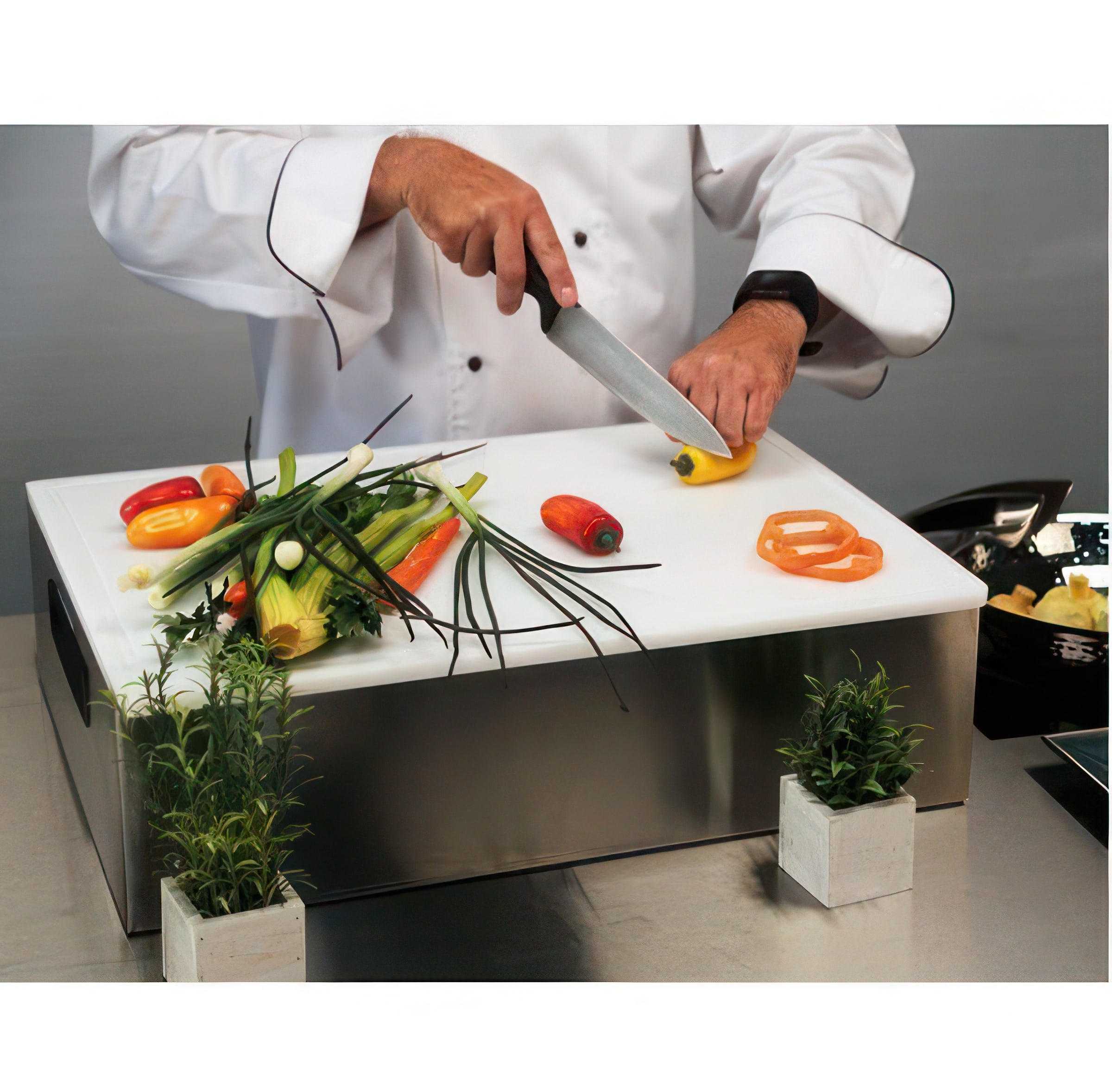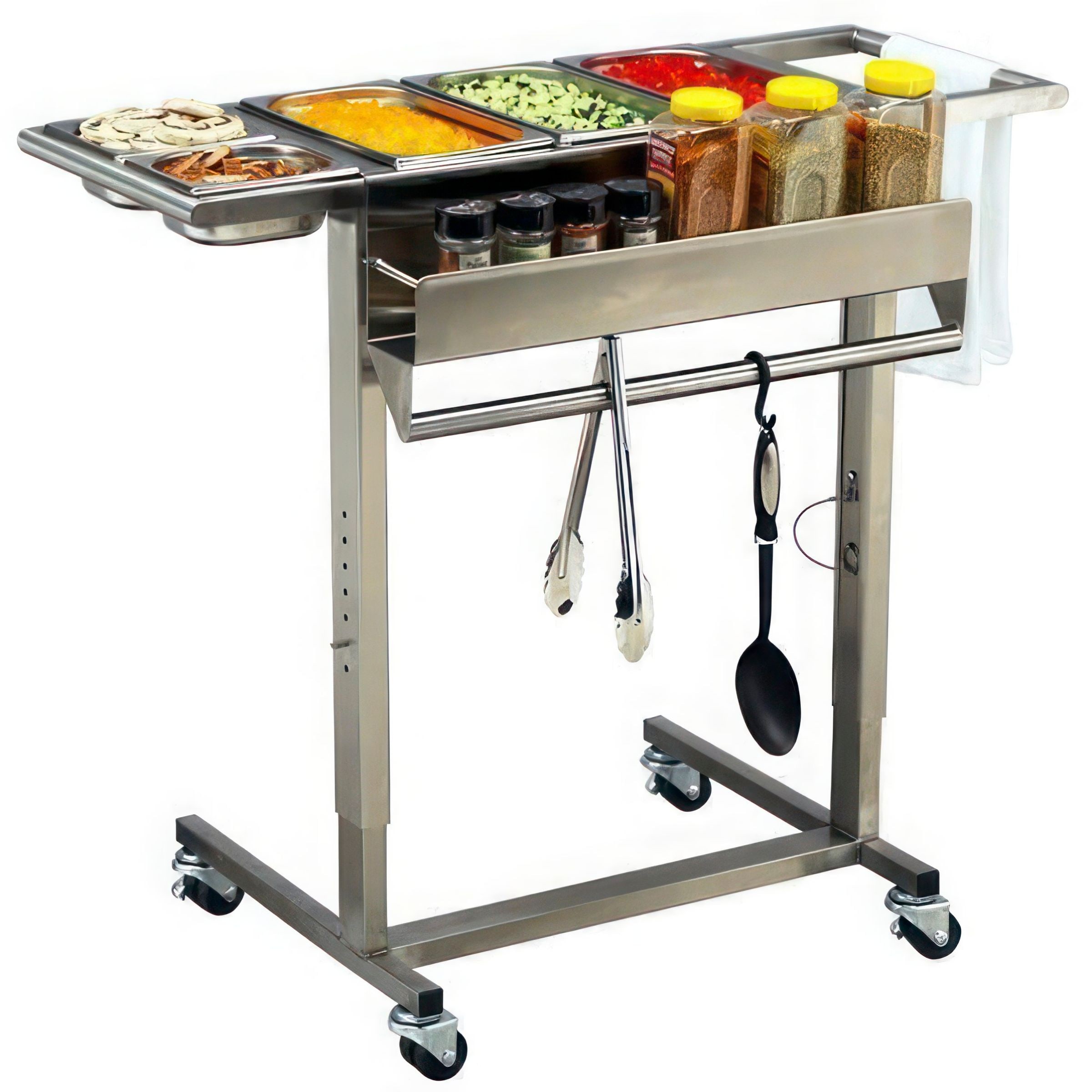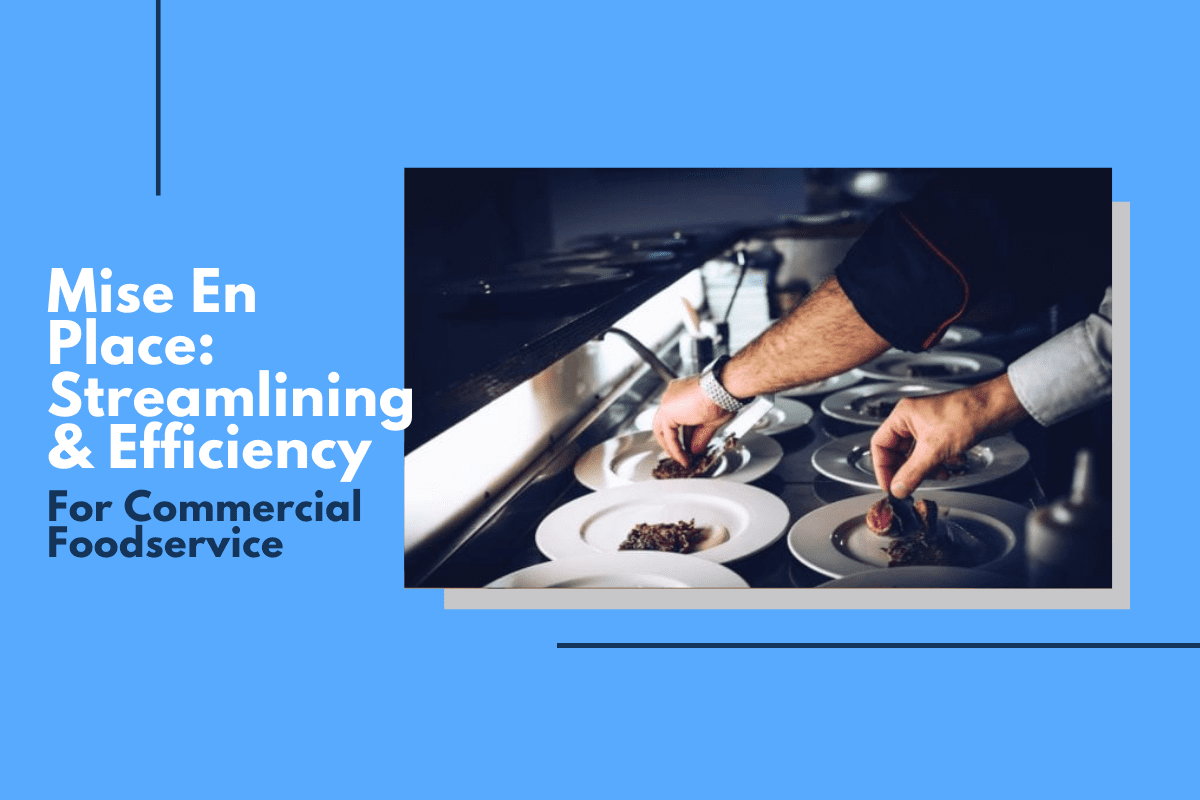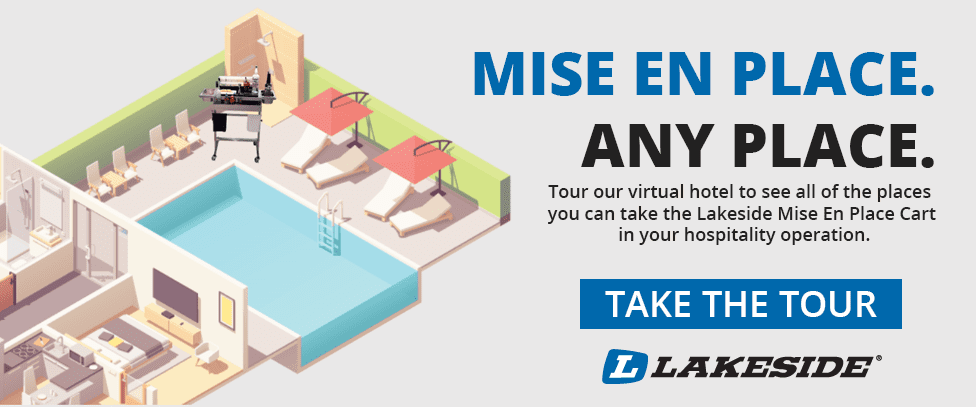In fact, it’s one of the things that can help differentiate a hospitality-driven property from house-sharing companies like Airbnb and VRBO. Add an omelet station to that buffet, and guests just might think they’ve found hospitality heaven.
Why?
Diners can enjoy a customized experience as they choose with the ingredients they most crave. The omelet chef can not only expertly cooks superb omelets while guests watch, but he or she can also chat with guests, offer them true hospitality, and even offer tips about local attractions and activities.
Omelet stations bring breakfast dining to a whole new level.
What is an Omelet Station?
An omelet station is a breakfast hub where guests can take advantage of customized omelets cooked the way they like them. It is breakfast without the boring, service without the fuss. Omelet stations are ideally attended by a friendly omelet chef who takes the time to listen to the diner’s preferences. The chef then expertly prepares the perfect omelet filled with the ingredients guests love.
The options for omelet fillings are limitless, with creative combinations ready to explore and savor. The chef can easily conjure up a meat-filled wonder stuffed with flavorful bacon, sausage, or even grilled shrimp. Vegetable-lovers are treated to a variety of choices including avocado or artichoke hearts. Classic cheese omelets can always be whipped up using a choice of interesting herbs and cheeses.
Of course, the best omelet stations require state-of-the-art equipment to succeed, and Lakeside Foodservice carries everything you need to help build an efficient and attractive omelet station that can help differentiate an operation from other options. And when you provide a satisfying experience, people will hear about it.
A BREAKFAST TO BRAG ABOUT:
Hoteliers can get a competitive advantage by making sure their omelet station stands out. It’s easy to have guests raving about their breakfast experience long after they are gone by taking a few simple steps. A top-of-the-line omelet station helps boost ratings and encourages positive reviews.
Offer a Variety – People like choices and variety in a breakfast buffet, and offering a comprehensive menu selection can make all the difference. Chefs should be at hand to guide guests as they decide what combination of ingredients they want in the omelet. The chef should be knowledgeable about special diet requirements including gluten-free and soy-based options.
Offer a Greeting – Great food and a creative selection are only part of what turns breakfast guests into happy, repeat customers. A warm smile and a hearty morning greeting make guests feel welcomed and comfortable. The omelet station and its chef should be a friendly reminder of everything that is good about hotel dining.
Offer Ambiance – Helping guests to start their day is also about presentation. Soft joyful music in the background along with a clean and colorful station can set a positive mood. Using special plates and sparkling silverware can enhance the breakfast ambiance. Ingredient displays should be as cheerful as the chef creating a happy experience sure to bring the guests back for dinner.
Offer Knowledge – Good omelet-makers are not only skillful at assembling the perfect egg masterpiece, but they are also a wealth of local and venue information. They can talk about local traditional recipes or advise guests about low-calorie food choices. They should be as much prepared to answer questions about hotel operations as they are about community events and activities.
Benefits of an Omelet Station
There is something satisfying about watching a chef prepare what you are about to eat. Guests love the chance to interact with the cook knowing what ends up on the plate will be hot and fresh. The transparency of open cook-to-order omelet stations gives guests peace of mind while providing entertainment and the opportunity for hotels to shine.
Lakeside Foodservice has over 70 years of experience providing innovative and efficient equipment to the industry. Our friendly team of professionals offers customized and modified solutions to fit individual challenges and needs. Lakeside proudly manufactures all of its products in the U.S.A. Contact us anytime and let us know how we can be at your service.



